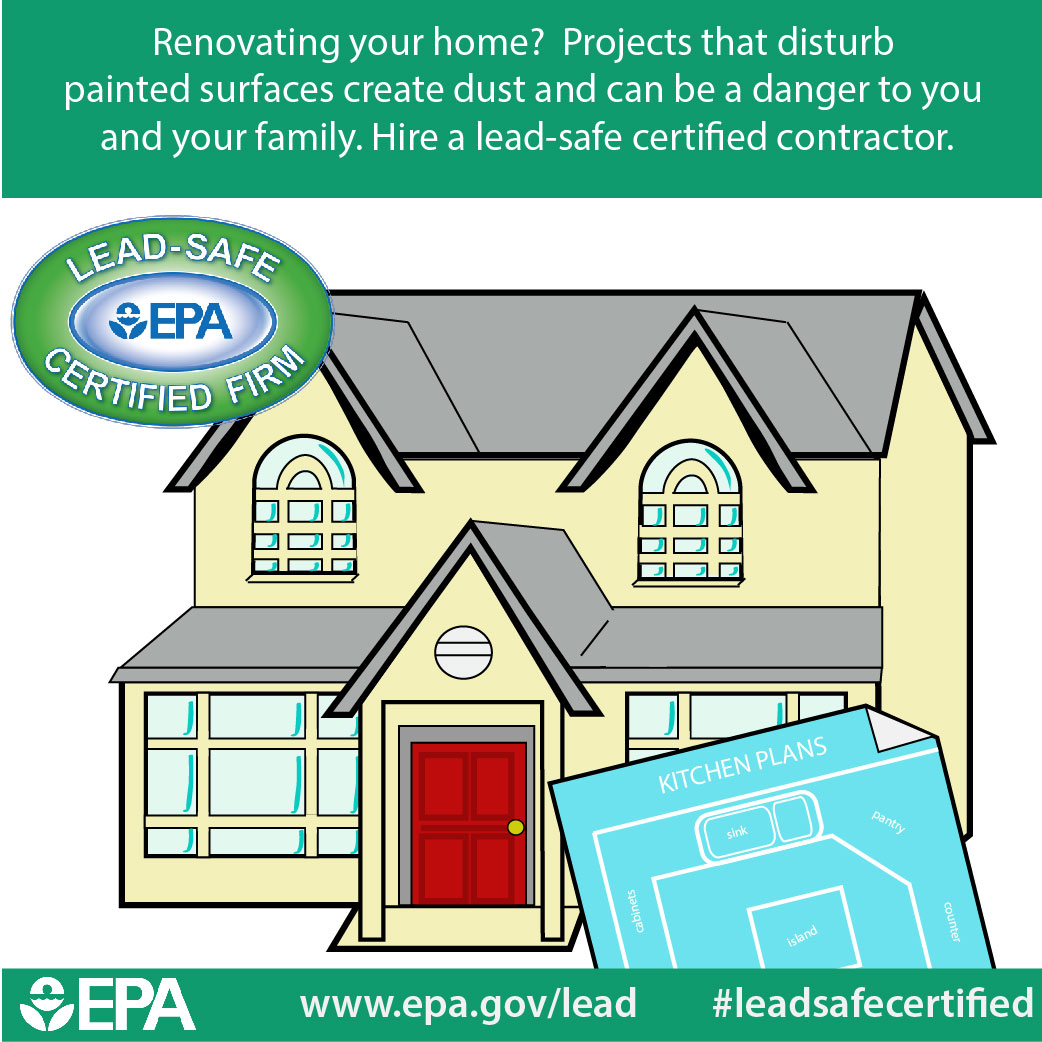Seasonal Considerations For Commercial Outside Painting: What You Required To Know
Seasonal Considerations For Commercial Outside Painting: What You Required To Know
Blog Article
Published By-Burnham Chaney
When you're planning a business outside painting task, seasonal factors can make or damage your results. You'll wish to consider just how temperature and humidity impact paint application and drying times. Selecting the best season can guarantee your paint sticks properly and lasts much longer. But which periods are absolutely the very best for this kind of job? Let's discover the key elements that can influence your job's success.
The Influence of Temperature on Paint Application
When you're planning an industrial external painting task, the temperature level can considerably affect how well the paint sticks and dries out.
Ideally, you intend to repaint when temperatures range in between 50 ° F and 85 ° F. If it's as well cool, the paint might not treat correctly, resulting in problems like peeling off or breaking.
On the flip side, if it's too warm, the paint can dry also swiftly, stopping appropriate adhesion and resulting in an unequal surface.
You need to additionally take into consideration the time of day; morning or late afternoon supplies cooler temperature levels, which can be extra desirable.
Constantly inspect the manufacturer's referrals for the certain paint you're utilizing, as they often supply guidance on the perfect temperature level range for ideal outcomes.
Humidity and Its Effect on Drying Times
Temperature isn't the only ecological aspect that affects your commercial exterior paint job; humidity plays a substantial role too. High humidity levels can decrease drying times substantially, impacting the total top quality of your paint work.
When the air is filled with dampness, the paint takes longer to treat, which can cause problems like poor bond and a greater danger of mildew growth. If you're painting on a specifically humid day, be gotten ready for extended delay times between layers.
It's important to monitor regional climate condition and strategy appropriately. Ideally, go for moisture levels in between 40% and 70% for optimum drying out.
Keeping these factors in mind guarantees your project stays on track and delivers a long lasting coating.
Best Seasons for Commercial Outside Paint Projects
What's the most effective time of year for your industrial external paint jobs?
Spring and early fall are normally your best bets. During these seasons, temperatures are moderate, and humidity degrees are typically lower, producing excellent problems for paint application and drying.
Prevent summer's intense heat, which can trigger paint to completely dry also swiftly, leading to bad attachment and surface. In a similar way, winter season's cool temperatures can impede appropriate drying and healing, taking the chance of the longevity of your paint task.
Aim for days with temperature levels between 50 ° F and 85 ° F for ideal results. Keep in moved here to inspect the regional weather prediction for rainfall, as wet problems can wreck your task.
Planning around these aspects ensures your paint project runs smoothly and lasts much longer.
Final thought
To conclude, preparing your industrial exterior painting jobs around seasonal considerations can make a significant distinction in the outcome. By sherwin williams edina mn during the perfect temperatures and moisture degrees, you'll make sure much better adhesion and drying out times. Remember to watch on regional weather report and choose the right time of year-- spring and very early autumn are your best bets. Taking these actions will aid you accomplish a sturdy and professional finish that lasts.
